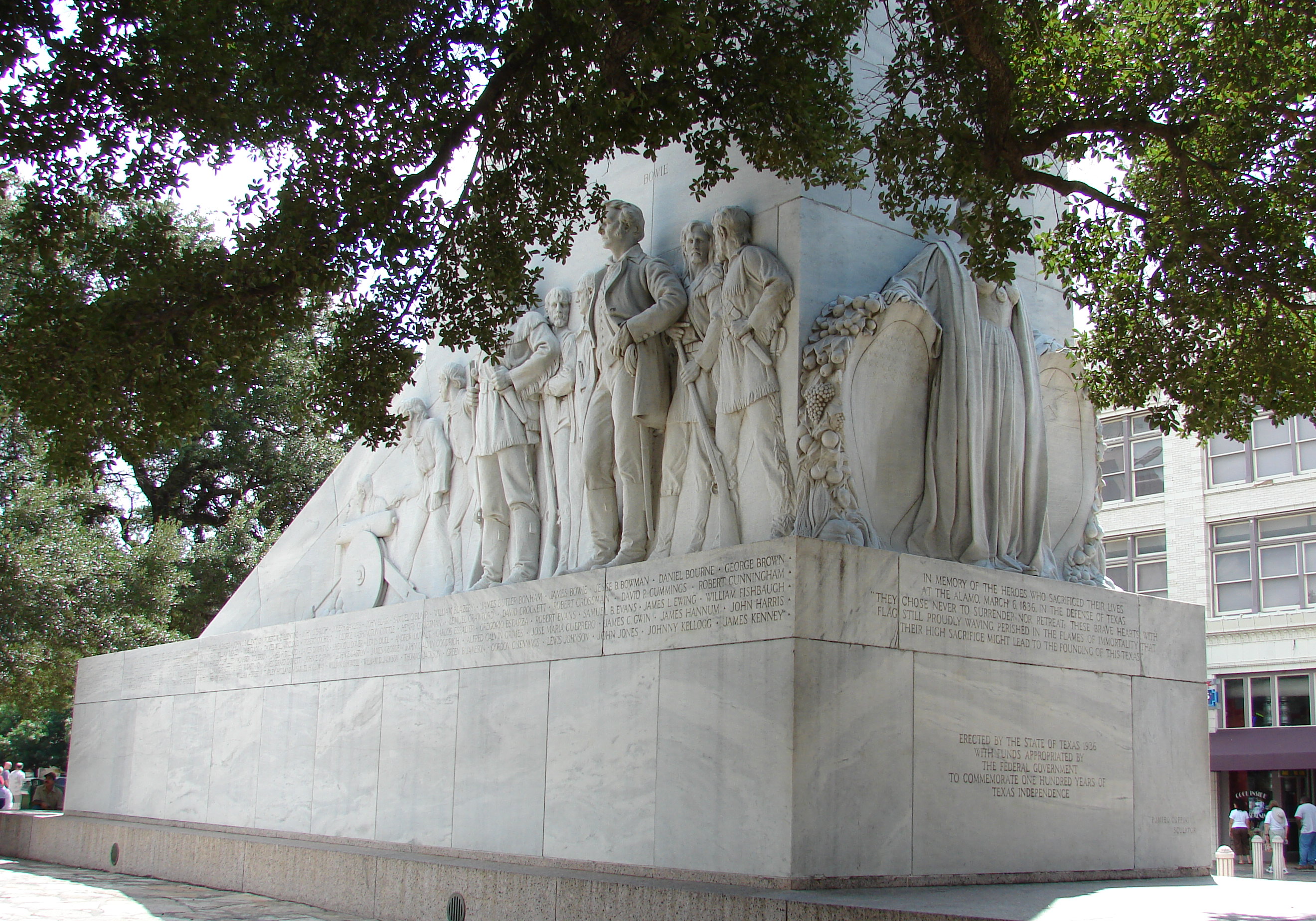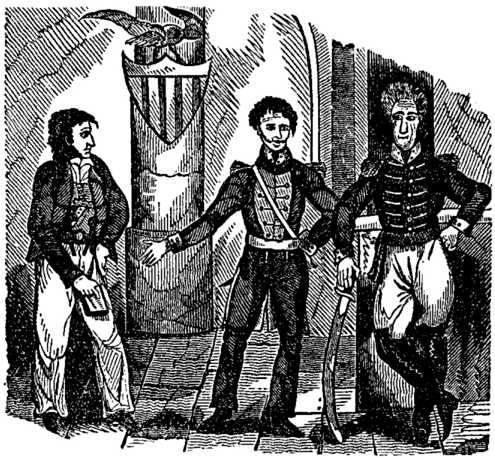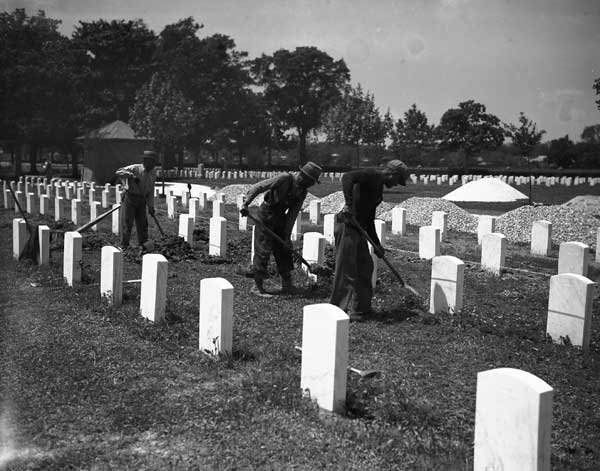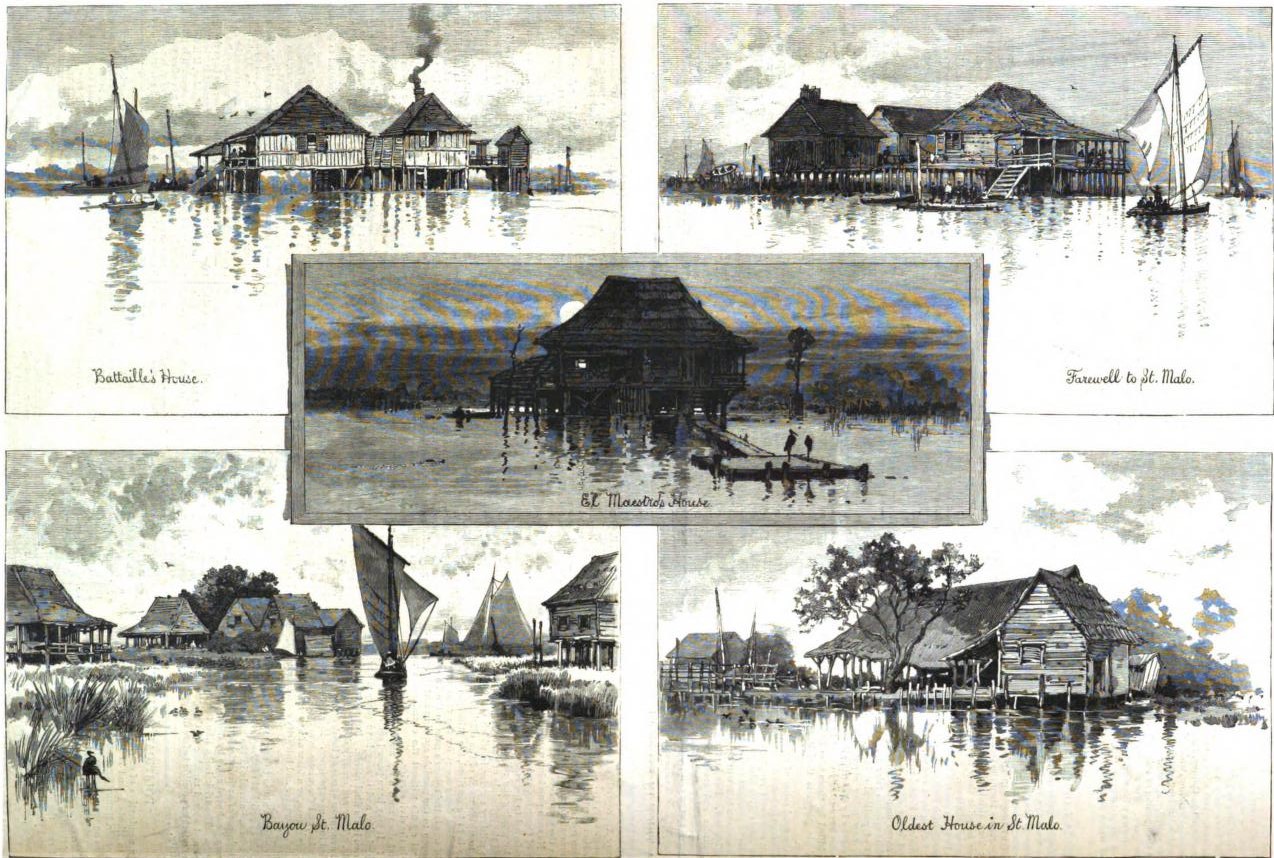|
St. Bernard Parish
St. Bernard Parish (; ) is a List of parishes in Louisiana, parish in the U.S. state of Louisiana. The parish seat and largest community is Chalmette, Louisiana, Chalmette. The parish was formed in 1807. St. Bernard Parish is part of the New Orleans–Metairie, Louisiana, Metairie New Orleans metropolitan area, metropolitan statistical area; the parish is located southeast of the city of New Orleans and comprises the Chandeleur Islands and Chandeleur Sound in the east. St. Bernard was the fastest growing parish in Louisiana from 2010 to 2020, increasing from a population of 35,897 in the 2010 United States census, 2010 census to 43,764 in 2020 United States census, 2020. It remains at less than two-thirds of its 2000 United States census, 2000 population of 67,229, prior to Hurricane Katrina. History St. Bernard Parish contains a large community of Spain, Spanish descent. Sometimes referred to informally as "Spanish Cajuns", the are descended from Canarian people, Canary Isl ... [...More Info...] [...Related Items...] OR: [Wikipedia] [Google] [Baidu] |
Louisiana Parishes
The U.S. state of Louisiana is divided into 64 parishes (; ), making it the only state besides Alaska to call its primary subdivisions something other than "counties." Louisiana's usage of the term "parish" for a geographic region or local government dates back to the Louisiana (New France), French colonial and Louisiana (New Spain), Spanish colonial periods and is connected to parish, ecclesiastical parishes. Thirty-eight Parish (administrative division), parishes are governed by a council called a police jury. The remaining 26 have various other forms of government, including: council-president, Council–manager government, council-manager, parish commission, and consolidated city-county, consolidated parish/city. History Louisiana was formed from French and Spanish colonies, which were both officially Roman Catholic. Local colonial government was based upon parishes, as the local ecclesiastical division. Following the Louisiana Purchase, the territorial legislative counci ... [...More Info...] [...Related Items...] OR: [Wikipedia] [Google] [Baidu] |
Isleño Americans
Canarian Americans () are Americans whose ancestors came from the Canary Islands, Spain. They can trace their ancestry to settlers and immigrants who have emigrated since the 16th century to the present-day United States. Most of them are descendants of settlers who immigrated to Spanish colonies in the South of the modern US during the 18th century. The Canarians were among the first settlers of the modern United States;The first Spaniards who emigrated to Florida did so in 1565 and 1569. Among those Spaniards there were some Canarians. Florida was the first Spanish colony in the modern United States which was populated by Spaniards. the first Canarians migrated to modern Florida in 1569, and were followed by others coming to ''La Florida'', Texas and Louisiana. Canarian Americans today consist of several communities, formed by thousands of people. Those in San Antonio and in Louisiana are mostly of Canarian settler descent. Their ancestors arrived in what is now the United S ... [...More Info...] [...Related Items...] OR: [Wikipedia] [Google] [Baidu] |
Jean Lafitte
Jean Lafitte ( – ) was a French pirate, privateer, and slave trader who operated in the Gulf of Mexico in the early 19th century. He and his older brother Pierre spelled their last name Laffite, but English language documents of the time used "Lafitte". This has become the common spelling in the United States, including places named after him. Lafitte is believed to have been born either in Biarritz, in the French Basque Country, France, or the French colony of Saint-Domingue in the Caribbean. By 1805, Lafitte was operating a warehouse in New Orleans to help distribute the goods smuggled by his brother Pierre Lafitte. The United States government passed the Embargo Act of 1807 as tensions built with the United Kingdom by prohibiting trade. The Lafittes moved their operations to an island in Barataria Bay, Louisiana. By 1810, their new port had become very successful; the Lafittes had a profitable smuggling operation and also started to engage in piracy. In 1812, the ... [...More Info...] [...Related Items...] OR: [Wikipedia] [Google] [Baidu] |
War Of 1812
The War of 1812 was fought by the United States and its allies against the United Kingdom of Great Britain and Ireland, United Kingdom and its allies in North America. It began when the United States United States declaration of war on the United Kingdom, declared war on Britain on 18 June 1812. Although peace terms were agreed upon in the December 1814 Treaty of Ghent, the war did not officially end until the peace treaty was ratified by the 13th United States Congress, United States Congress on 17 February 1815. AngloAmerican tensions stemmed from long-standing differences over territorial expansion in North America and British support for Tecumseh's confederacy, which resisted U.S. colonial settlement in the Old Northwest. In 1807, these tensions escalated after the Royal Navy began enforcing Orders in Council (1807), tighter restrictions on American trade with First French Empire, France and Impressment, impressed sailors who were originally British subjects, even those who ... [...More Info...] [...Related Items...] OR: [Wikipedia] [Google] [Baidu] |
Battle Of New Orleans
The Battle of New Orleans was fought on January 8, 1815, between the British Army under Major General Sir Edward Pakenham and the United States Army under Brevet Major General Andrew Jackson, roughly 5 miles (8 km) southeast of the French Quarter of New Orleans, in the current suburb of Chalmette, Louisiana. The battle was the climax of the five-month War of 1812#Gulf of Mexico Coast, Gulf Campaign (September 1814 to February 1815) by Britain to try to take New Orleans, West Florida, and possibly Louisiana Territory which began at the Fort Bowyer#First battle, First Battle of Fort Bowyer. Britain started the New Orleans campaign on December 14, 1814, at the Battle of Lake Borgne and numerous skirmishes and artillery duels happened in the weeks leading up to the final battle. The battle took place 15 days after the signing of the Treaty of Ghent, which formally ended the War of 1812, on December 24, 1814, though it would not be ratified by the United States (and therefor ... [...More Info...] [...Related Items...] OR: [Wikipedia] [Google] [Baidu] |
Jean Lafitte National Historical Park And Preserve
Jean Lafitte National Historical Park and Preserve () protects the natural and cultural resources of Louisiana's Mississippi River Delta region. It is named after French pirate Jean Lafitte and consists of six separate sites and a park headquarters. Acadiana Three sites interpret the Cajun culture of the Lafayette, Louisiana, Lafayette (southern Louisiana) area, which developed after Acadians were resettled in the region following their Expulsion of the Acadians, expulsion from Canada (1755–1764) by the British, and the transfer of French Louisiana to Spain in the aftermath of the French and Indian War. * Acadian Cultural Center in Lafayette, Louisiana, Lafayette * Prairie Acadian Cultural Center in Eunice, Louisiana, Eunice, obtained through the work of Mayor Curtis Joubert * Wetlands Acadian Cultural Center in Thibodaux, Louisiana, Thibodaux Nature preserve The Barataria Preserve in Marrero, Louisiana, Marrero interprets the natural and cultural history of the region. ... [...More Info...] [...Related Items...] OR: [Wikipedia] [Google] [Baidu] |
Saint Malo, Louisiana
Saint Malo ( ) was a small fishing village that existed along the shore of Lake Borgne in St. Bernard Parish, Louisiana as early as the mid-18th century until it was destroyed by the 1915 New Orleans hurricane. Located along Bayou Saint Malo, about east of the Isleño fishing village of Shell Beach, it was the first permanent settlement of Filipinos and perhaps the first Asian American settlement in the United States. The exact date of the establishment of Saint Malo is disputed. The settlement may have been formed as early as 1763 or 1765 by Filipino deserters and escaped slaves of the Spanish Manila galleon trade. The members of the community were commonly referred to as ''Manila men'', or ''Manilamen'', and later ''Tagalas''. Filipino Americans residing in the region (referred to as "Manilamen" on the account of Manila being the capital of the Philippines) were recruited by local pirate Jean Lafitte to join his " Baratarians", a group of privately recruited soldiers ... [...More Info...] [...Related Items...] OR: [Wikipedia] [Google] [Baidu] |
Filipino People
Filipinos () are citizens or people identified with the country of the Philippines. Filipinos come from various Austronesian peoples, all typically speaking Filipino language, Filipino, Philippine English, English, or other Philippine languages. Despite formerly being subject to Spanish Philippines, Spanish administration, less than 1% of Filipinos are fluent in Spanish language, Spanish. Currently, there are more than 185 Ethnic groups in the Philippines, ethnolinguistic groups in the Philippines each with its own Languages of the Philippines, language, identity, culture, tradition, and history. Names The name ''Filipino'', as a demonym, was derived from the term , the name given to the archipelago in 1543 by the Spaniards, Spanish explorer and Order of Preachers, Dominican priest Ruy López de Villalobos, in honor of Philip II of Spain. During the History of the Philippines (1521–1898), Spanish period, natives of the Philippine islands were usually known in the ... [...More Info...] [...Related Items...] OR: [Wikipedia] [Google] [Baidu] |
Bernardo De Gálvez
Bernardo Vicente de Gálvez y Madrid, 1st Count of Gálvez (23 July 1746 – 30 November 1786) was a Spanish military leader and government official who served as colonial governor of Spanish Louisiana and Cuba, and later as Viceroy of New Spain. A career soldier since the age of 16, Gálvez was a veteran of several wars across Europe, the Americas, and North Africa. While governor of Louisiana, under the orders of the Spanish Crown he supported the colonists and their French allies in the American Revolutionary War, helping facilitate vital supply lines and frustrate British operations in the Gulf Coast. Under Gálvez's command, Spanish troops achieved several victories on the battlefield, most notably conquering West Florida and eliminating the British naval presence in the Gulf. This campaign led to the formal return of all of Florida to Spain in the Treaty of Paris, which he played a role in drafting. Gálvez's actions aided the American war effort and made him a hero ... [...More Info...] [...Related Items...] OR: [Wikipedia] [Google] [Baidu] |
Spanish Language
Spanish () or Castilian () is a Romance languages, Romance language of the Indo-European languages, Indo-European language family that evolved from the Vulgar Latin spoken on the Iberian Peninsula of Europe. Today, it is a world language, global language with 483 million native speakers, mainly in the Americas and Spain, and about 558 million speakers total, including second-language speakers. Spanish is the official language of List of countries where Spanish is an official language, 20 countries, as well as one of the Official languages of the United Nations, six official languages of the United Nations. Spanish is the world's list of languages by number of native speakers, second-most spoken native language after Mandarin Chinese; the world's list of languages by total number of speakers, fourth-most spoken language overall after English language, English, Mandarin Chinese, and Hindustani language, Hindustani (Hindi-Urdu); and the world's most widely spoken Romance language ... [...More Info...] [...Related Items...] OR: [Wikipedia] [Google] [Baidu] |
French Language
French ( or ) is a Romance languages, Romance language of the Indo-European languages, Indo-European family. Like all other Romance languages, it descended from the Vulgar Latin of the Roman Empire. French evolved from Northern Old Gallo-Romance, a descendant of the Latin spoken in Northern Gaul. Its closest relatives are the other langues d'oïl—languages historically spoken in northern France and in southern Belgium, which French (Francien language, Francien) largely supplanted. It was also substratum (linguistics), influenced by native Celtic languages of Northern Roman Gaul and by the Germanic languages, Germanic Frankish language of the post-Roman Franks, Frankish invaders. As a result of French and Belgian colonialism from the 16th century onward, it was introduced to new territories in the Americas, Africa, and Asia, and numerous French-based creole languages, most notably Haitian Creole, were established. A French-speaking person or nation may be referred to as Fra ... [...More Info...] [...Related Items...] OR: [Wikipedia] [Google] [Baidu] |
Dumont De Montigny
Jean-François-Benjamin Dumont de Montigny (31 July 1696 – 1760), or Dumont de Montigny, was a French colonial officer and farmer in Louisiana (New France), French Louisiana in the 18th century. He was born in Paris, France, on July 31, 1696, and died in 1760 in Puducherry (city), Pondicherry, India. His writings about French Louisiana include a two-volume history published in 1753, as well as an epic poem and a prose memoir preserved in manuscript and published long after his death.Sayre, Gordon"Le Page du Pratz and Dumont de Montigny: Historians of French Louisiana, 1718-1758."University of Oregon. Retrieved August 13, 2010. ''This article incorporates text from this source, which is licensed Creative Commons licenses, CC-BY-SA-3.0.'' Early life Dumont was the youngest of six sons of Jacques François Dumont, an ''avocat au parlement de Paris,'' that is, a prominent magistrate. In surviving documents, he often signed his name as François-Benjamin Dumont, but history ... [...More Info...] [...Related Items...] OR: [Wikipedia] [Google] [Baidu] |








